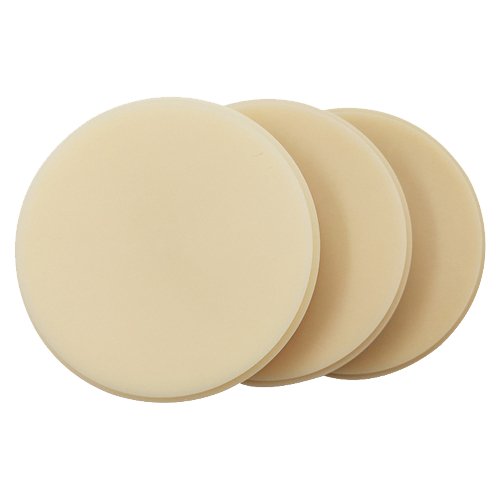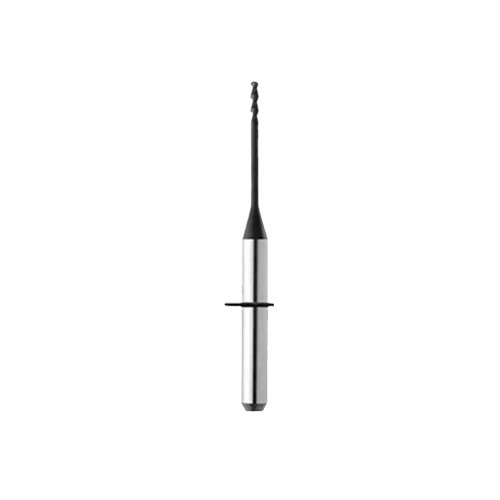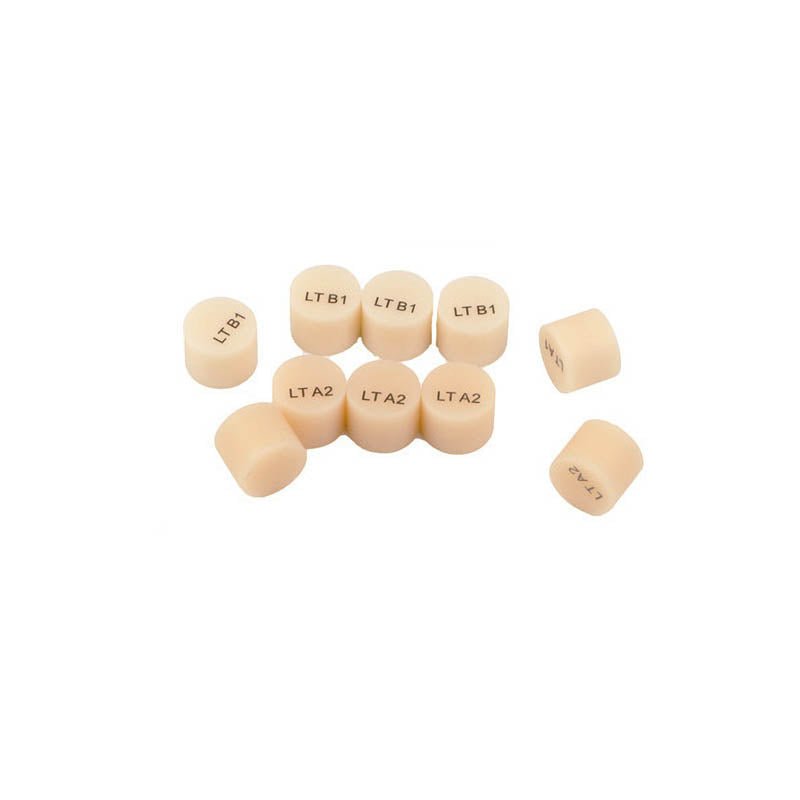
Oral aesthetics is a medical discipline that uses special techniques and methods to maintain and improve the health of human teeth under the guidance of theories of medical aesthetics and stomatology. The main form of human aesthetics is the visual process, which requires our dental restoration to achieve an ideal visual image, and strive to achieve bionic and realistic restorations. However, due to the lack of aesthetic knowledge and technical guidance in oral restoration, The ideal visual effect cannot always be achieved, so it is very important to scientifically use visual and aesthetic principles to improve the aesthetic ability of dentists. How to achieve a restoration that satisfies the patient? In the treatment of oral cavity, we should pay attention to the aesthetics of oral restoration. During the specific treatment process, we should pay attention to the following issues:
1 Selection and arrangement of artificial teeth
1.1 Selection of artificial teeth:
Artificial teeth are widely used in removable and complete denture restorations. The shape and arrangement of artificial teeth can best reflect the patient's characteristics and differences in age and gender. The choice should refer to the shape of the human face, the shape of the dental arch and the shape of the artificial tooth, reflecting the individuality of the patient, so as to meet the special requirements of functional recovery and aesthetics, avoid stereotypes, and conform to the law of morphological beauty. Referring to the specific situation of the patient, the key point is to coordinate the size, shape, and color of the front teeth with the patient's facial features, and pay attention to the key factors such as the lip shape, axial inclination, length, twist, and cut angle of the denture. For male patients, when making porcelain teeth, the corners and lines should be clearly defined. During the arrangement process, the central incisors should be straight, the lateral incisors should be turned inward, and the canines should be turned outward to highlight the central incisors, which can show the masculine beauty of men. . For female patients, you should choose a relatively blunt shape, based on the principle of symmetry and balance, so that all angles are curved, so as to show the feminine beauty of women.
1.2 Arrangement of artificial teeth:
The principle of complete denture arrangement The complete denture artificial tooth arrangement is made from three aspects: aesthetics, function, and tissue health care. Restore the physiological form of the lower third of the face, achieve the harmony between the lower third of the face and the face, try to imitate natural teeth, and give people a real feeling. The arrangement should conform to the aesthetics of the upper and lower jaw arches, arranged on the arc. The anterior teeth cover the relationship, especially the smile line. In addition, attention should also be paid to the positional relationship between the dentition and the lip and tongue, the symmetry of the dentition, the restoration of the fullness of the lip and face by the dentition, and the reconstruction of the transverse curve and compensation curve. If necessary, the arrangement of the front teeth should be properly adjusted to simulate some regular states or minor defects that may occur in the natural dentition, so that the artificial dentition resembles the nature, personality and balance of real teeth.
2 Color of artificial teeth
Natural teeth have good luster, including light yellow, light white and light yellow. When choosing finished artificial teeth or making porcelain crowns, they should match the color of natural teeth as much as possible, and also match the color of the teeth or skin adjacent to the affected tooth. match. The degree of coordination between restoration and natural tooth color is directly related to the final restoration effect, and color comparison is an important step in color reproduction or reproduction in aesthetic restoration. When making porcelain crowns, it should be modeled on the teeth of the same name to grind out the irregular development grooves, dimples, and natural wear marks on the surface of the teeth. The luster produced under the light will make it easier to feel similar to natural teeth visually.
3 grooves
In order to achieve the effect of simulation in the production of dentures, the correlation between the grooves of the dentition must be considered. It should be combined as much as possible. The number of horizontal stripes is positively correlated, but there is no significant correlation with the number of vertical stripes. The number of horizontal and vertical stripes of lateral incisors is related to the corresponding number of canines. Groove-groove correlation, groove symmetry, groove combination, horizontal groove parameters, vertical groove parameters.
4 Harmonious Beauty of Front Teeth Restoration
How to achieve the harmonious beauty of anterior tooth restoration? There are many factors related to harmony in the production of restorations. For example, the color of artificial teeth should be coordinated with the age and skin color of the patient, and the shape of artificial teeth should be coordinated with the shape of the face. A perfect anterior restoration reflects the natural beauty of the human body at the highest level. Harmonious beauty should include symmetrical and balanced arrangement, harmonious and contrasting colors, and harmonious proportions in shapes. The size of central incisors, lateral incisors, and canines is different. The lateral incisors are the smallest, the central incisors are the largest, and the teeth of the lower jaw are smaller than those of the upper jaw. Although there are differences in size between them, the overall layout and style should be consistent. The unevenness is uniform, and the harmonious beauty of neatness is sought in the unevenness. Therefore, the distance between the central incisor and the lateral incisor on the maxillary plane should be consistent with the age characteristics of the patient. Under normal circumstances, patients with missing teeth can obtain satisfactory therapeutic effects through restorative treatment, and corresponding treatment is required in special cases.
4.1 Restoration of discolored teeth:
Clinically common discolored teeth include tetracycline teeth, fluorosis teeth, enamel hypoplasia, and dead pulp teeth. The light ones turn yellow, and the severe ones are dark brown, which brings a heavy psychological shadow to the patient. At present, in addition to porcelain crowns, bleaching, light-cured resin veneers, and porcelain veneers can also be used. But each has its own shortcomings and limitations. The application of all-ceramic veneers at the end of the 1990s provided a satisfactory means of restoration for the treatment of discolored teeth, and had advantages that other methods could not replace.
4.2 Missing anterior teeth in underbite relationship:
Because the lower jaw covers the upper jaw, the lower collar bone is overdeveloped, and the upper lip is sunken, which seriously affects the appearance, and the possibility of orthodontic treatment for adults is reduced. If the anterior teeth are missing at the same time, when restoring the position of individual anterior teeth, double dentition restoration is used. It can increase the fullness of the lip side, improve the appearance, and try to avoid maintaining the alignment of the underbite relationship.
4.3 Treatment of irregular gaps in front teeth:
The treatment of irregular gaps in the front teeth, the gaps between the teeth, destroy the continuity of the dentition, and affect the beauty of the face. The gap between the maxillary central incisors is less than 2mm, and it can be directly repaired with a porcelain crown. If the gap is larger than 4mm, the larger gap in the mesial area will be dispersed to the distal side of the central incisor to form 3 small gaps through orthodontic traction, so as to reduce the grinding of tooth tissue before repairing with porcelain crown.
To sum up, the main form of human aesthetics is vision, which requires that our dental restorations, whether single or multiple, fixed or movable, should achieve ideal visual effects and bring beauty to people. enjoy. According to the various problems that need to be paid attention to in the clinic, to find out the aesthetic problems of the patient's teeth, it is necessary to know the factors that affect the patient's satisfaction with the restoration, and actively guide the patient to obtain the recognition of the aesthetic effect, so as to meet the needs of different patients in a targeted manner. Based on the patient's requirements, the correct design of dental aesthetic restorations is made based on the ideal dental aesthetic principles and combined with the patient's subjective aesthetic requirements. And in strict accordance with the aesthetic design for tooth preparation, prosthesis technician production, etc., in order to obtain the ideal dental aesthetic restoration. The aesthetic restoration of anterior teeth is both science and art, and it is an artistic reproduction based on rigorous science. With the research and development of new technologies and new materials, the emergence of high-precision restorations will certainly be able to satisfactorily solve a series of problems in the field of oral beauty.








